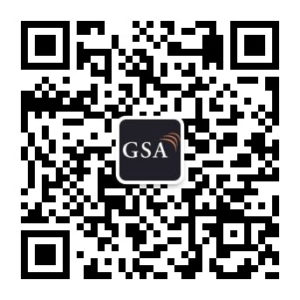Connected Mining – Ericsson Whitepaper
Mining is one of the key elements of the global economy. No longer just about meeting our demand for fuel, mining has long been vital to meet the demand for all kinds of goods. According to Madison Margolin in The Periodic Table of iPhone Elements, a typical iPhone needs 75 elements to function – ranging from silicon in its transistors, lithium in its batteries, to the 18 rare earth elements like yttriumin in its display.
Most of these 75 elements are obtained through mining, an industry that extracts more than 10 billion tonnes of rare minerals, coal, iron and other raw materials every year. Globally, mining produces $1.5 trillion worth of materials, roughly 2% of global gross domestic product (GDP), according to World Mining Data 2020.
So with ongoing demand for this geological foundation of our goods, there’s no doubt that the mining sector is not only here to stay, but is also a steadily growing one.
Taking mining to the next level
Historically, the mining industry has been fairly conservative when it comes to the adoption of new methods and technologies. This is due to both a lack of financial incentives to invest in new technologies for more operational efficiency, and a powerful regulatory framework governing its operations. But this vital industry requires a great deal of resources and equipment to function. Companies in both of the primary kinds of mining – surface and underground – are highly motivated to monitor the condition of both personnel and equipment, and have begun to partner with original equipment manufacturers (OEMs) to implement connected use cases.
Solving new challenges, however, requires new approaches. Specifically, mining organizations need to monitor and automate heavy fixed assets; connect dispersed, diverse and very remote operations; and both empower and protect their workers. Currently, mining automation is rapidly accelerating. And according to Mordor Intelligence, the smart mining market is projected to triple by 2025 and by then it is expected that 25% of mines will have adopted autonomous operations. The use cases we present here are the foundation for the ‘Smart Mine’. By smart mine, we define that to mean one in which the use of information, data, autonomous machines, and advanced technologies bring about higher productivity, better safety, and a reduction in operational
Connected Mining – Ericsson Whitepaper
WeChat: GSA Express


© GSA 2022
